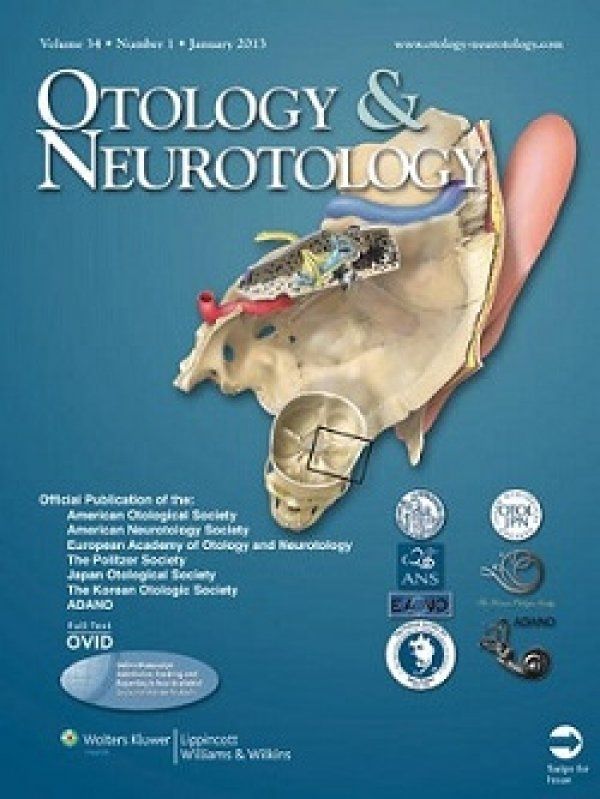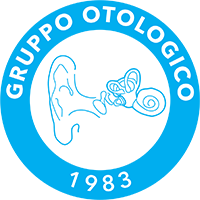Temporal Bone Meningo-Encephalic-Herniation: Etiological Categorization and Surgical Strategy
Abstract
OBJECTIVE:
To study the clinical presentation, intraoperative findings and surgical management in meningo-encephalic-herniation (MEH) based on the etiology.
STUDY DESIGN:
A retrospective clinical study and is a follow-up on the previously published report in 2009.
SETTING:
A quaternary referral otology and skull base center.
PATIENTS AND METHODS:
The inclusion criteria were intraoperatively verified MEH in patients with a minimum follow-up of 12 months, which yielded 262 operated ears. The data were extracted regarding demographics, laterality, clinical presentation, past surgeries, contralateral-ear condition, intraoperative findings, complications, recurrences, revision-surgeries, audiometric-data, and follow-up
RESULTS:
The mean age at surgery was 49.7 years with the involvement of right-ear in 53.8% of patients. Lesions were categorized based on the etiology as chronic-otitis-media with/without cholesteatoma-MEH (COM/CHOL-MEH) -47.7%, iatrogenic-MEHs -20.9%; traumatic-MEHs -8% and spontaneous-MEHs -23.3%. At presentation, hearing loss (100 and 98.2%) and otorrhea (65.6 and 49.1%) were predominant in COM/CHOL-MEHs and iatrogenic-MEHs, respectively. On the other hand, meningitis (23.9 and 14.3%) and cerebrospinal fluid-leak (52.4 and 42.8%) were more pronounced in spontaneous and traumatic MEHs, respectively. Surgical approaches included 1) transmastoid, 2) middle-cranial-fossa-approach, 3) combined, and 4) middle-ear-obliteration (MEO) techniques. A total of 52.8% of COM/CHOL-MEHs and 49.1% of iatrogenic-MEHs underwent MEO. Middle-cranial-fossa approach was predominantly used in spontaneous-MEHs (52.5%) and traumatic-MEHs (38.1%). The defect was mostly single (75.2%). Smaller, multiple, bilateral lesions were more common in spontaneous-MEHs with tegmen-tympani involvement (57.4%).
CONCLUSIONS:
Incorporating etiology into MEHs is a key-step that can be used as a guidance in choosing the right surgery. MEO is a part of armamentarium, and should be used whenever needed, if the objective is performing a definitive surgery.


